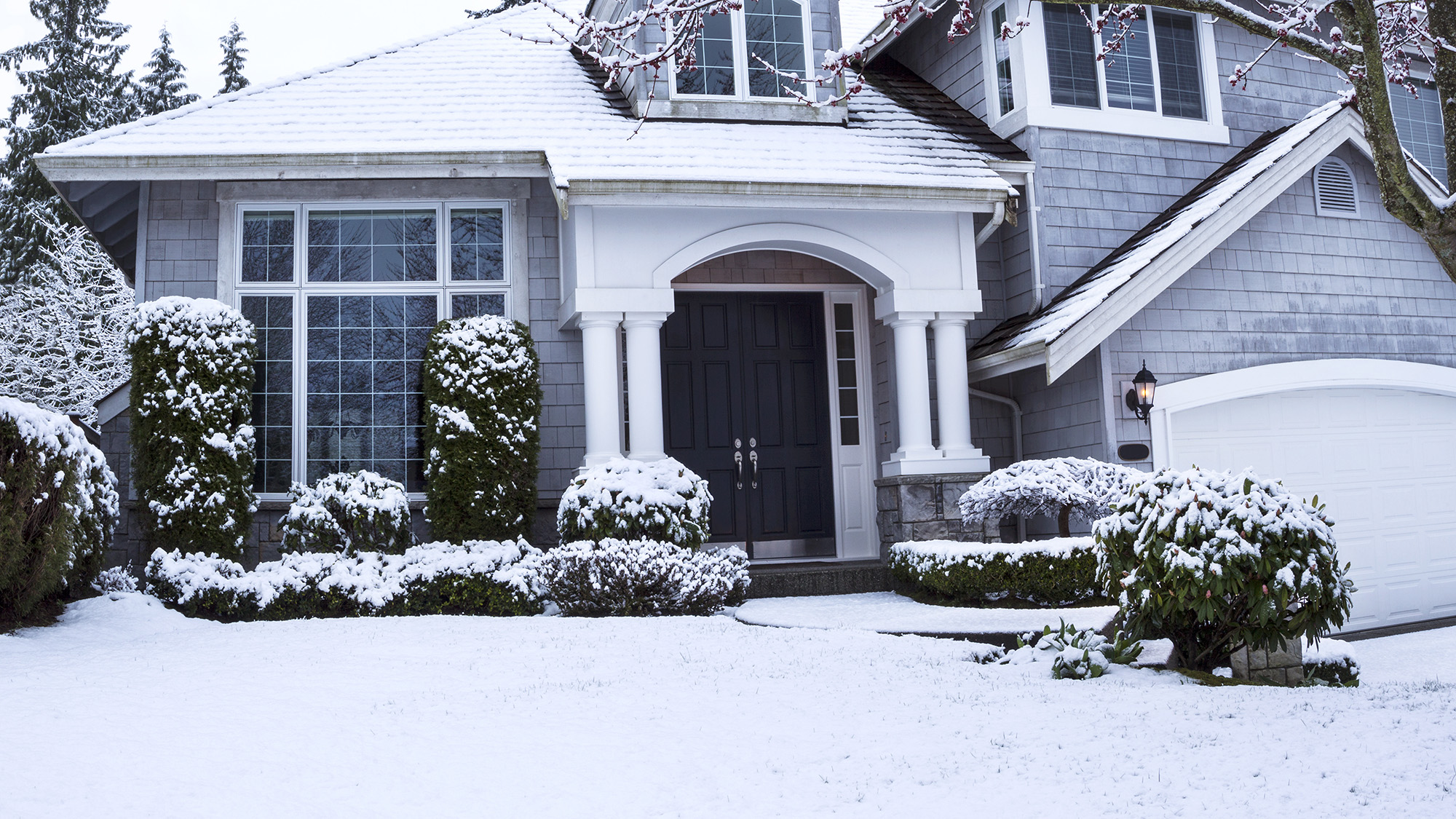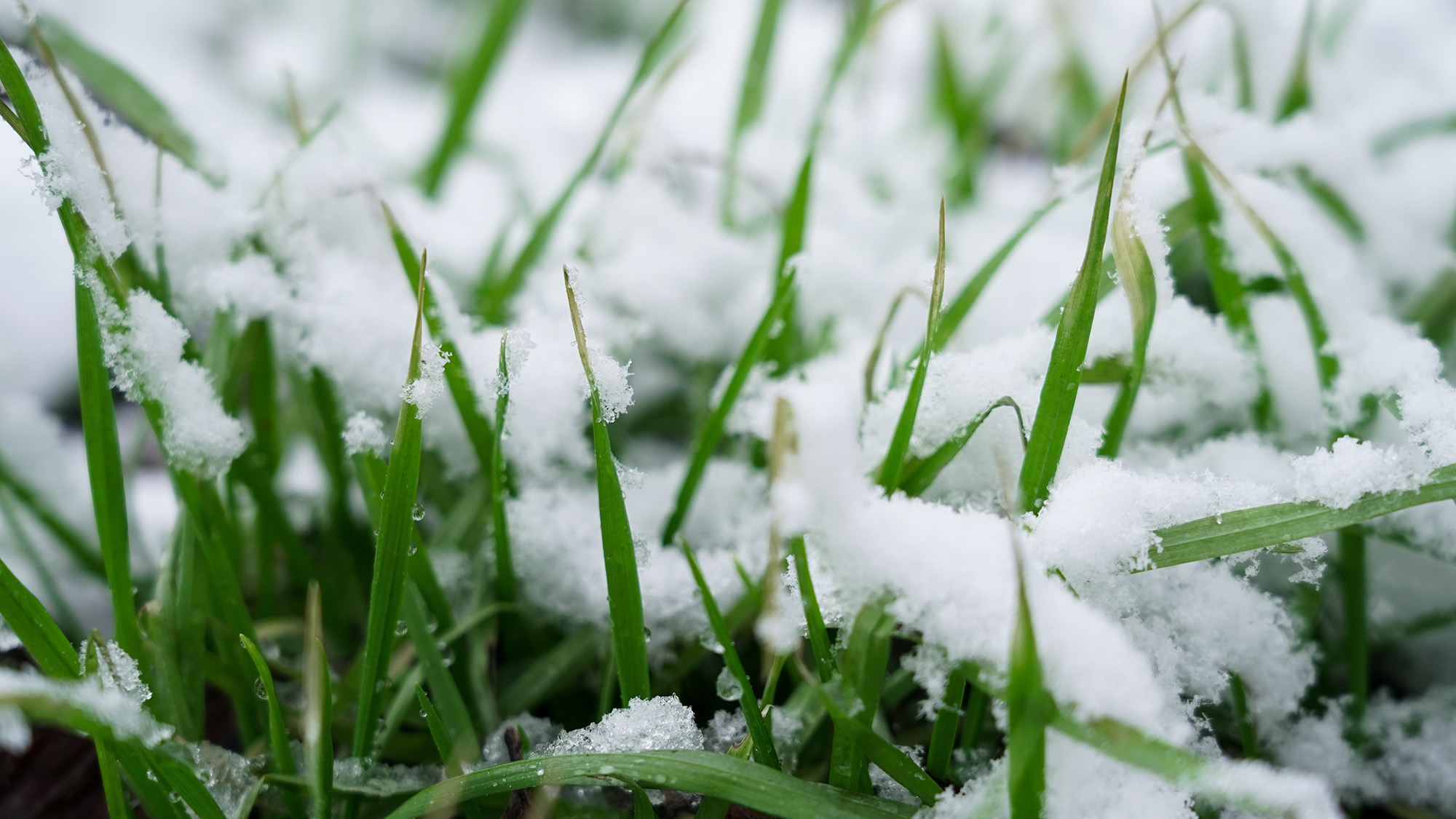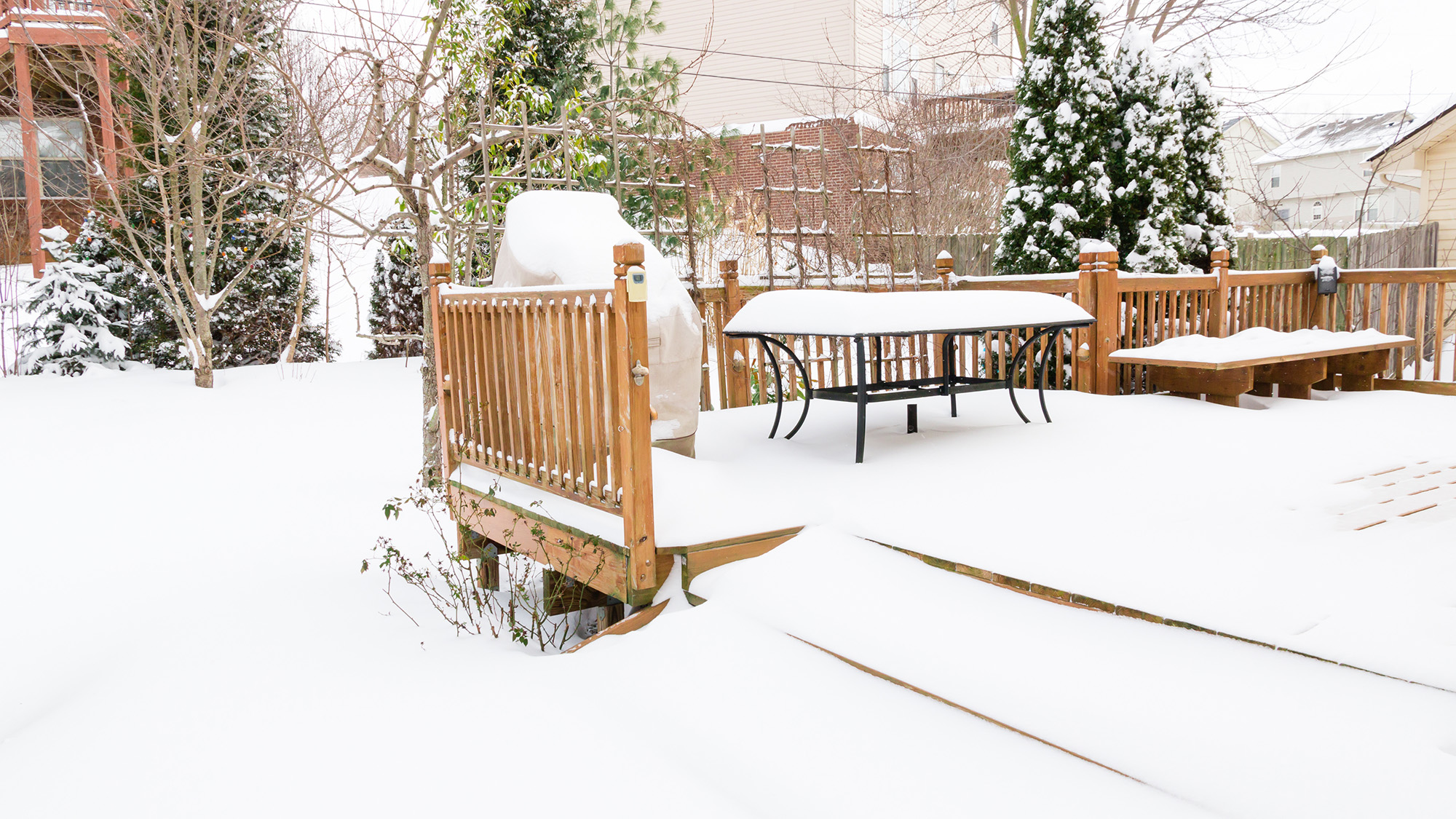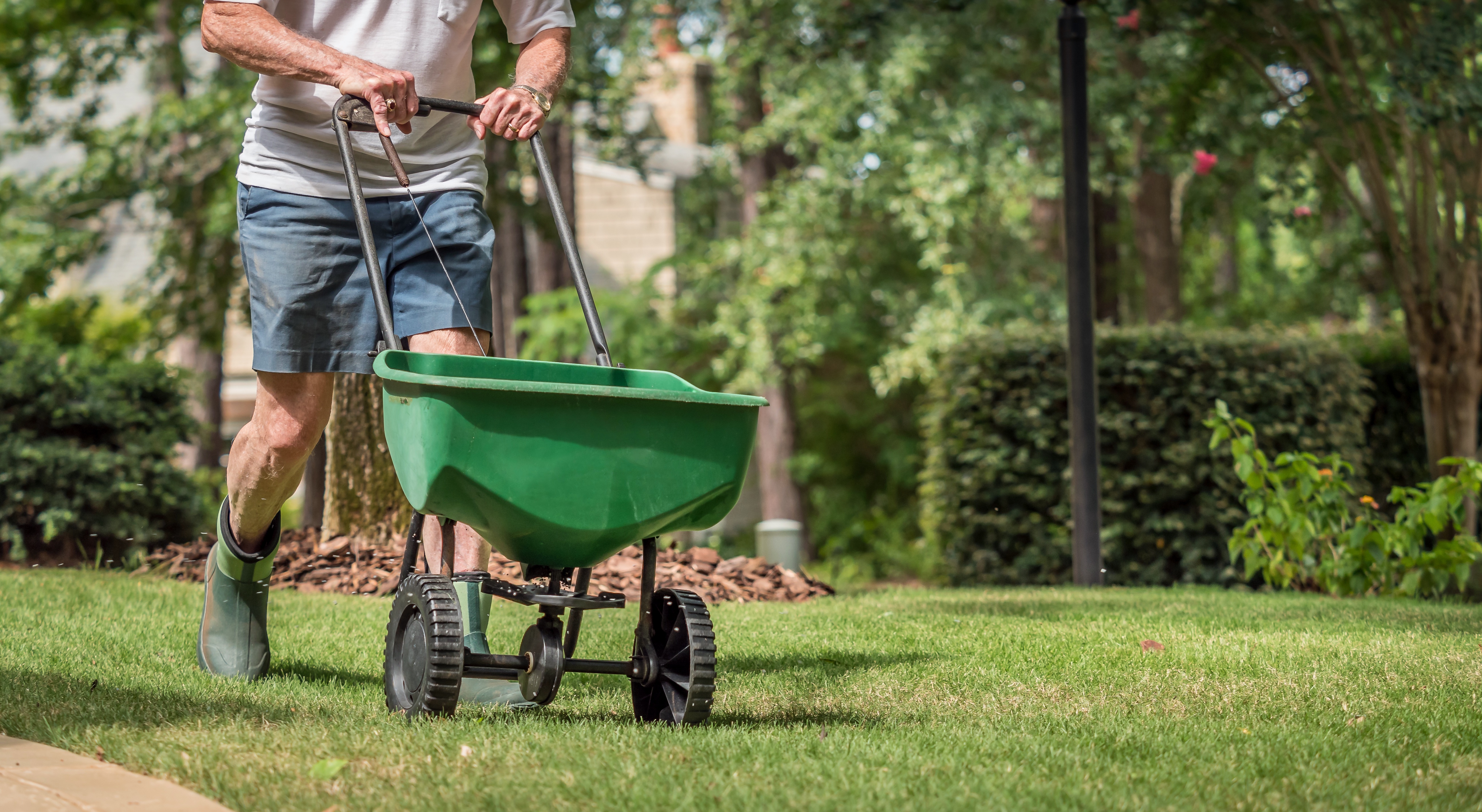
I get great pleasure in watching the snow fall and admiring it as it settles into a perfect white carpet over my lawn. However, although our yards can look beautiful after a heavy snowfall, our grass will need some care and attention afterwards.
We’ve called on the expertise of lawn professionals to share their top tips on how to care for your lawn after a snowstorm, so you can get it back into shape for when the weather turns milder.
Matthew Koch, Ph.D, director of biotechnology, genetics and seed at Scotts Miracle-Gro, says, “Caring for your lawn after snowfall is crucial to ensure it recovers well in the spring. By taking a proactive approach to lawn care after snowfall, winter damage can be avoided and homeowners can expect a vibrant, healthy lawn in the growing season.”
How does snow damage a lawn?

“Snow itself doesn’t usually harm a lawn,” says Gene Caballero, co-founder at GreenPal, “but instead actually insulates the grass from harsh winter temperatures.”
However, he says that in certain instances, it can cause problems. “Frequent heavy snowfall can cause damage if snow becomes compacted, leading to snow mold or suffocating the grass.”
Leave the snow alone

While your first instinct may be to clear the snow off your lawn, Caballero says it’s best to let it be, and advises, “Leave snow in place rather than shoveling it off the lawn, as unnecessary foot traffic can cause compaction and stress the grass.”
Avoid heavy traffic
When it comes to avoiding heavy foot traffic, Koch agrees with Caballero’s advice, “Walking on snow-covered or frozen grass can compact the soil and damage the grass blades. This can result in bare patches and weaker growth in the spring.”
To overcome this problem, he says, “Minimize activity on your lawn until the snow has melted and the soil is dry. If you must walk on it, stick to designated paths or specific areas.”
Your grass will also be more fragile after a long winter, so Koch advises avoiding early raking or mowing, as it will “tear up new growth and compact wet soil.”
Caballero recommends that you should only attempt to rack, aerate or mow the lawn once the snow has melted and the lawn has had the chance to dry out.
Check for snow mold

Once the snow melts, your lawn is prone to developing snow mold, which can damage or kill the grass. Koch describes it as a fungal disease that thrives under heavy, compacted snow or in areas with poor drainage. “It appears as circular patches of matted, discolored grass, often gray or pink in color,” he says.
But what action should you take if you spot snow mold? “Gently rake matted areas once the snow melts to improve airflow and dry out the grass, “ says Koch.
If your lawn is susceptible to snow mold, he also advises applying a lawn fungicide in the fall before the first snowfall to prevent snow mold growth in the winter.
Address salt damage
Although you won’t apply salt to your lawn, it may spread onto your grass after de-icing pathways, driveways and patios. Once salt leaches into your grass, it can cause it to yellow and die.
To address the issue, Koch says, “Flush the area with 6 inches of water once the snow has melted to help leach the salt from the soil.”
He also recommends using a product, such as Scotts Ice Melt, which includes the active ingredient calcium chloride, when de-icing driveways and walkways to reduce the chance of lawn and landscape damage.
Fertilize your lawn

To recover from cold stress, your lawn will benefit from added nutrients from a post-winter feed. Most feeds can be applied to wet or dry lawns, with Koch adding, “It will build strong, deep roots, improving the lawn’s ability to absorb water and nutrients.”
You may also want to choose a fertilizer suitable for your lawn type, selecting one which also tackles dandelion, clover or crabgrass. If you live in the South, Koch advises purchasing a lawn fertilizer formulated for Southern lawns, choosing one that builds strong, deep grass roots and protects against heat and drought.







